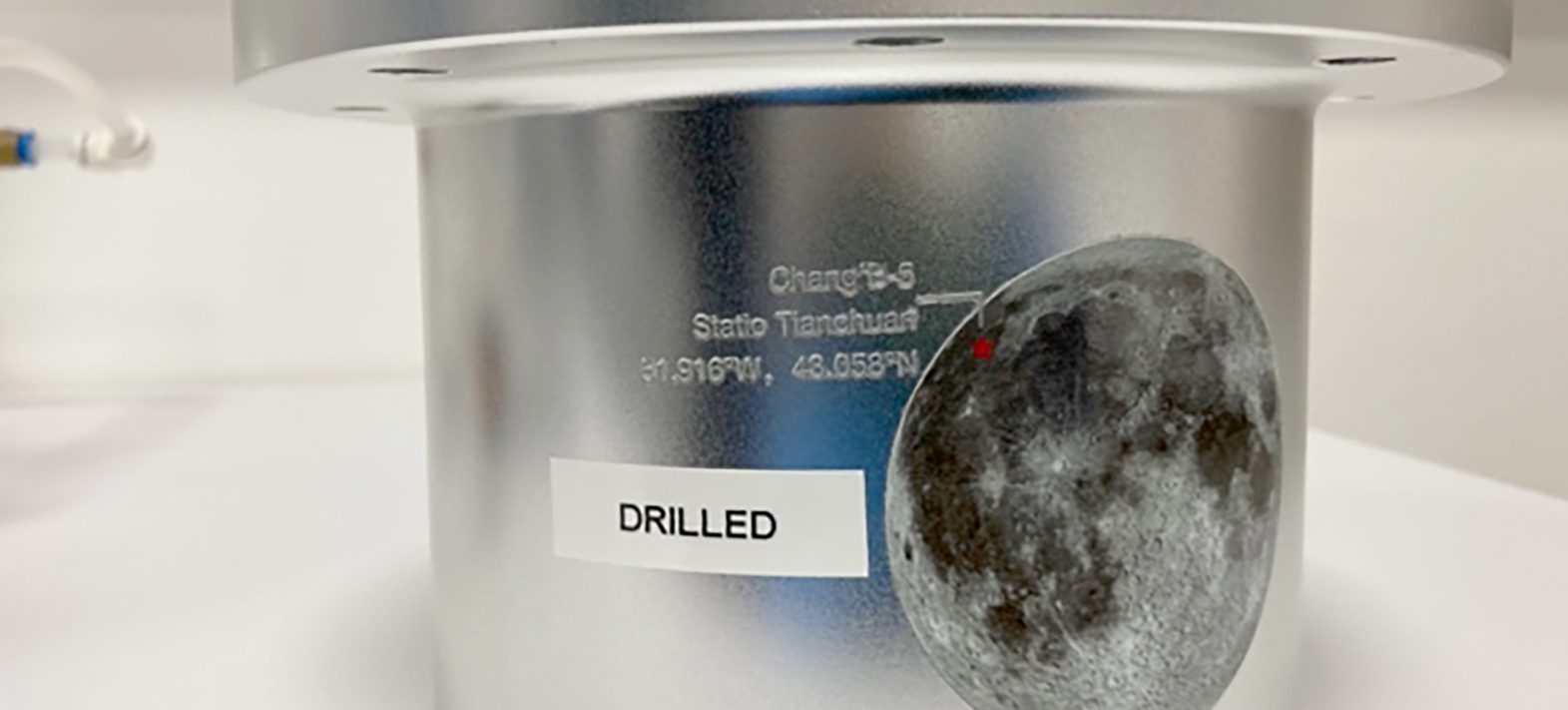The IPGP, a long history of analysing extraterrestrial material
Last April, China offered France 1.5 grams of lunar rock. On Thursday 15 June, the Muséum National d'Histoire Naturelle announced the future creation of the Centre National de la Matière Extraterrestre (French National Centre for Extraterrestrial Matter), in partnership with the IPGP, the CNES, the CNRS and Sorbonne University. Frédéric Moynier, professor at the Université Paris Cité and cosmochemist at the IPGP, is part of the scientific team that will be analysing this precious sample, which is currently being kept in a controlled atmosphere at the MNHN. He looks back at the IPGP's long experience of analysing extraterrestrial materials.

Container de conservation des échantillons lunaires de la mission Chang’e 5 au MNHN (© J. Duprat MNHN/CNRS)
Publication date: 16/06/2023
General public, Press, Research
Related teams :
Cosmochemistry, Astrophysics and Experimental Geophysics (CAGE)








